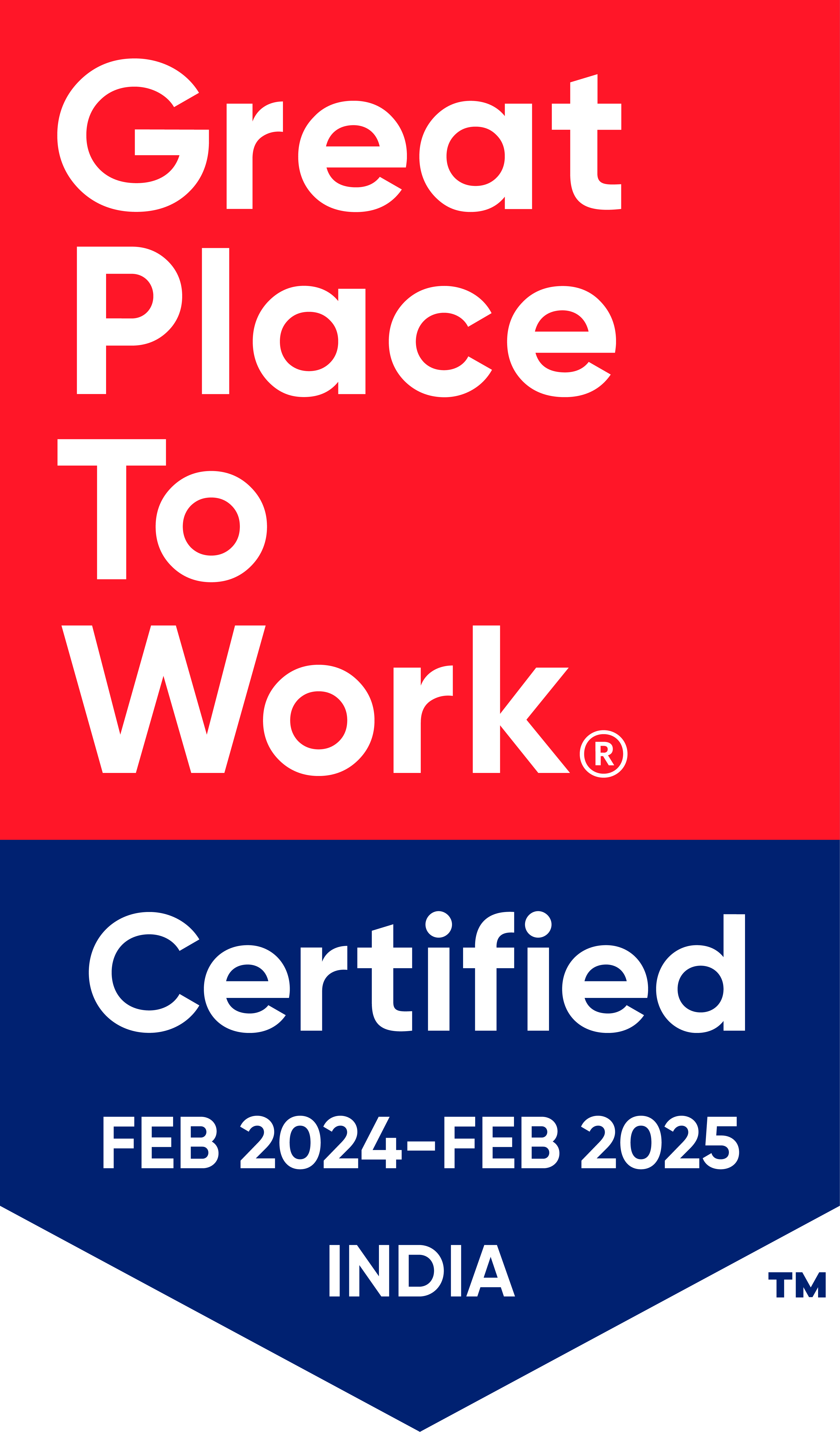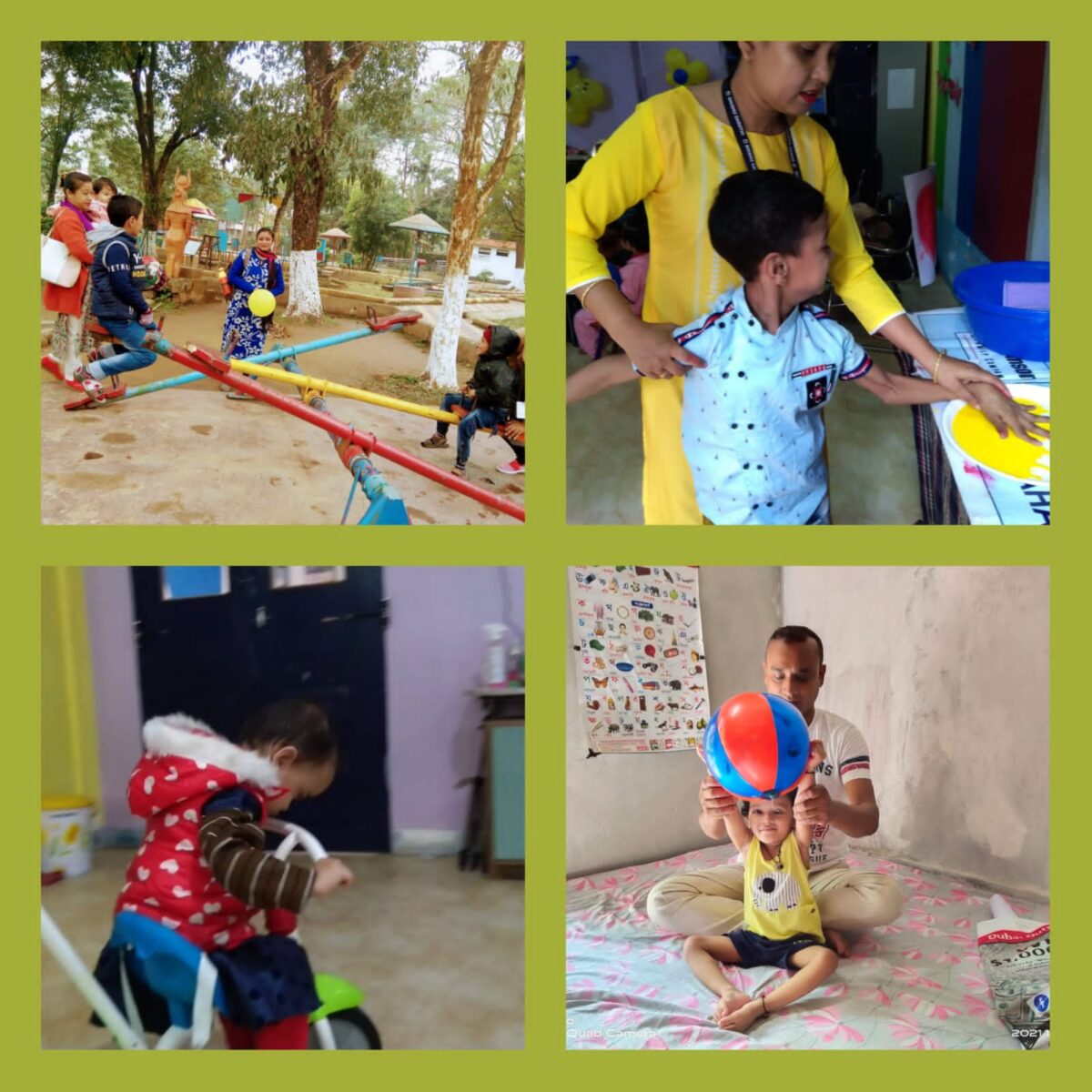


Cerebral palsy is a condition caused by damage to a child’s immature brain during the early years of life. This could be due to several causes that include difficult pregnancies, low birth weight of the baby, delayed or absence of birth cry, neonatal jaundice or infections affecting the brain such as meningitis or encephalitis. Children with cerebral palsy could have difficulty in movement of limbs and various associated problems depending on the extent and location of the lesion in the brain. These could result in delays achieving development milestones. Physical development milestones include gross and fine motor development such as head control, sitting, standing, walking, running, grasping and releasing objects etc. Additionally impact of other milestones in associated domains of communication, social and emotional learning could also compound the child’s situation. Children and adults with CP can live fulfilling lives if they are given the opportunities and access to health care, education and work. They can build on their abilities to learn and follow their dreams. However, for this to happen, early identification and intervention, provision of appropriate assistive devices, aids and appliances, along with accessibility opportunities for inclusive education and skill development opportunities are crucial. These are the enabling keys for unlocking the potential of children and persons with cerebral palsy and for helping them to reach heights of success. There are 17 million people across the world living with Cerebral Palsy and another 350 million people are closely connected to a child or an adult with CP. In an effort to create awareness about cerebral palsy and the rights of children and people with cerebral palsy to live with dignity in an inclusive world, a movement was set in motion with the partnership US based United Cerebral Palsy Association and Cerebral Palsy Alliance of Australia to celebrate 6th October as World Cerebral Palsy Day. On this occasion of this day, we want to send out a message that creates awareness about cerebral palsy. Due to the impact of cerebral palsy on movement many people with cerebral palsy will need to have assistive devices such as wheelchairs, crutches and rollators to move about. It is important that public spaces and facilities are made accessible so that they can move about freely and participate fully in mainstream of life. We also need to change the way we think about people with cerebral palsy and accept them as part of human diversity and recognize their inherent dignity and right to be included with equity in our society. Awareness about cerebral palsy should not be limited only to parents and families of children and persons with the disability, but also to the larger community of young women so that they take steps to have safe and healthy pregnancies and are able to take care of their babies appropriately, to policy makers and official authorities so that they ensure the implementation of laws and create enabling provisions that will help them to access health, education and employment and thereby become active and contributing citizens rather than dependent burdens and passive recipients of charity.